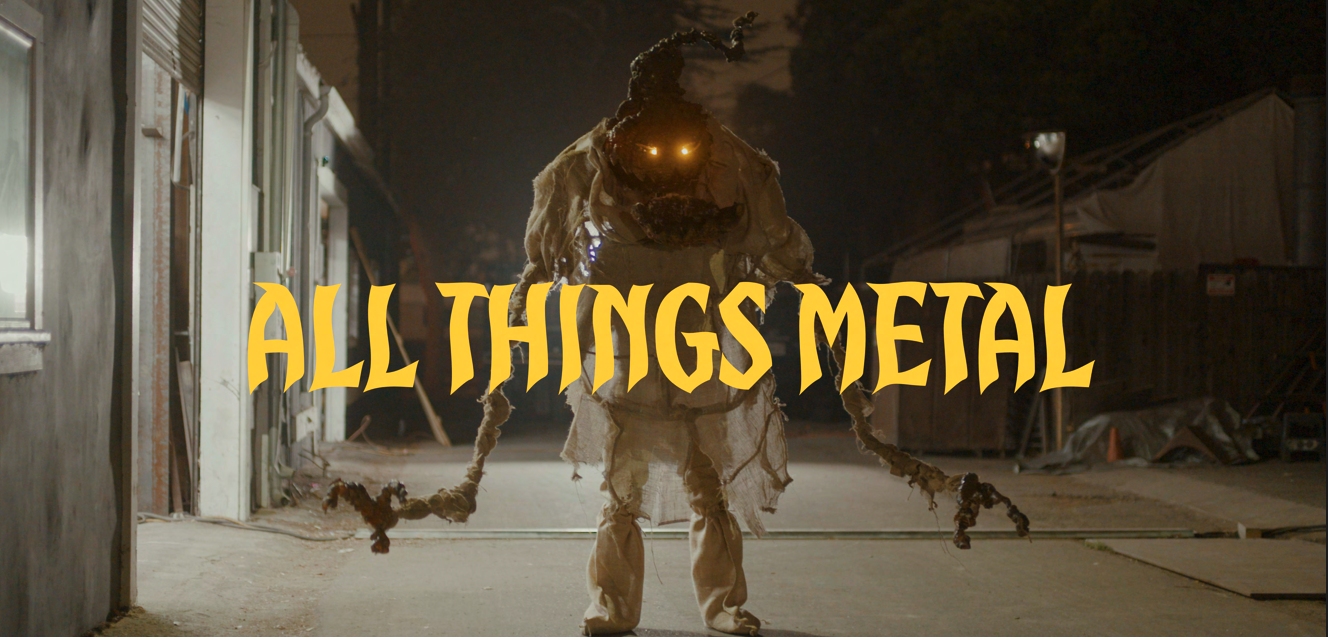Lauren Chong ’27
Staff Writer
In the heart of Santa Barbara, an unassuming forge hums with the rhythm of clanging metal and a legacy built by family. All Things Metal, the debut documentary from seasoned commercial filmmaker Motoki Otsuka, dives into the lives of the Patterson brothers and their raw, artful world of metalwork. The film is not only a celebration of family and music, but also sheds light on the universal pull of creative passion, regardless of one’s age or life circumstances.
The story of All Things Metal began in an unlikely place – a quest to build a home gym during the COVID-19 lockdown. With much of the world on pause, Otsuka was seeking a blacksmith’s shop to build his gym equipment. It was during this search that he stumbled upon Santa Barbara Forge.
When he drove up, he discovered the doors wide open with heavy metal music reverberating from within. “So, I peek in and it’s like, this really gritty and raw workshop,” Ostuka said. “I was immediately smitten by the place.”
Inside, he met Joel Patterson, the middle of three brothers behind the forge’s creative vision. As they began to chat, Otsuka felt an instant connection, fueled by their shared passion for metal music. This growing intrigue hinted at potential for a documentary, setting the stage for All Things Metal to come to life.
Otsuka approached All Things Metal with a vision to capture the Patterson brothers’ world as he had first experienced it: raw, textured, and unexpectedly enchanting. To bring the forge to life, he framed it with a “dreamy” aesthetic, balancing its industrial grit with a touch of wonder.
“I wanted the viewer to go through that same experience in a way I did,” he said. “Visually, I thought it was such a dreamy place and dreamy kind of relationship that they’ve cultivated … it’s just so rare.”
The documentary starts with dramatic scenes of “beautiful metal work, and hammers and flames and sparks.” But as the film unfolds, layers peel back to reveal more: the brothers’ shared love of music and their archive of family YouTube videos, which adds a sense of warmth and depth to the rawness of their craft.
At the documentary’s heart is the Patterson family’s unwavering commitment to creativity, resilience, and each other. This creative drive, Otsuka soon found, wasn’t just limited to the brothers but spanned generations, rooted in a shared love of expression and a desire to pass it on to their children.
“During production, my driving question was what makes these guys do what they do, because I think it’s so rare to see middle-aged guys.. putting in the time to make these films when it’s really just for them and their family,” Otsuka said.
By including their children in the documentary, he highlighted how the kids embody their family’s values of art, humor, and resilience.
“The importance of their kids was not something that I really saw in the beginning,” he said. “But once you see how they create, and why they create, it’s really obvious. It’s such a crucial part of them being artists.”
However, the brothers’ lives carried an additional layer: all three brothers have Tourette’s syndrome. “The big themes are music, metal, work, family, and Tourette’s,” Ostuka said. “This film was never.. about Tourette’s, but I think it’s a huge part of their identity and explains why these other things mean so much to them.” Hence, Otsuka faced the challenge of acknowledging this important element without centering the entire narrative around it.
In the film, the interplay between metal music, family bonds, and Tourette’s syndrome adds unexpected depth and relatability. Otsuka was captivated by this duality, which mirrored the raw yet tender aspects of their lives.
“There’s a duality to [metal music],” he explains. “It’s super heavy and talks about the sadder themes in life, like death, loss, tragedy, but it’s also extremely campy sometimes, and self-aware.” This dichotomy reflects metal itself: a material that is both hard and durable yet malleable and beautiful when heated. Balancing these themes was an intuitive, trial-and-error process he navigated in the editing room.
For Otsuka, a huge part of making this documentary was having these contrasting elements be relatable to viewers. At its core, All Things Metal is a call to pursue creative passions. His main message is that it’s “never too late to pursue your passions and just make art for art’s sake,” regardless of life’s demands. Watching the Pattersons dedicate themselves to both their craft and their families, Otsuka found himself inspired to return to his own roots in music.
“I used to be a drummer,” he said. “And as soon as I saw these guys making the time to play the music they love, that inspired me to pick up the drums again.” This journey back to music can resonate with anyone: “It doesn’t have to be music,” Orsuka said. “It’s just about self-expression and a reminder that.. we don’t need to grow up.”
As my interview with Otsuka drew to a close, I asked if he had any advice for college students, to which he laughed and admitted that the only things that came to mind were clichés.
“I think if you want to do something, you really have to pursue it,” he said. “If I kept waiting to do a passion project, it never would have happened. I was lucky enough to find a subject that made me think I wanted to start immediately.” So, a message to all 5C students: embrace the moment and seize your opportunities – carpe diem!
Photo Courtesy: Lauren Chong ’27



